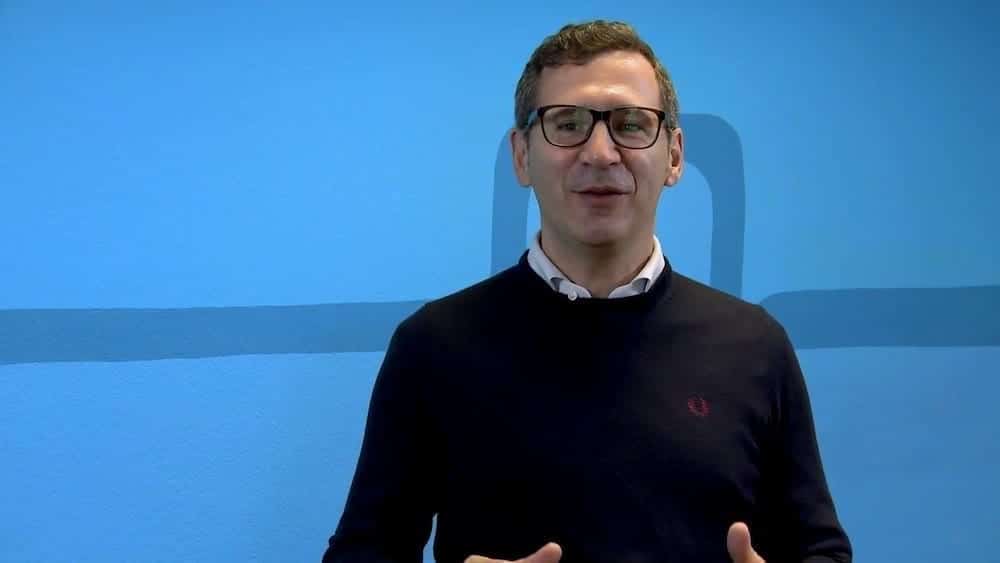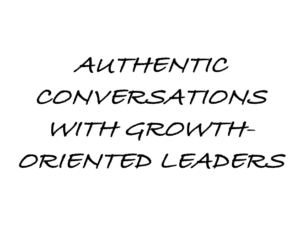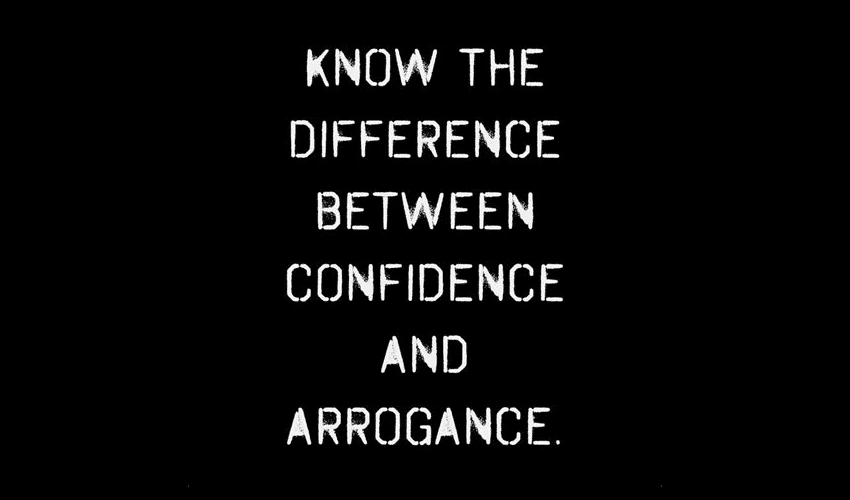Podcast: Play in new window | Download
A Conversation with Carlo Giardinetti
A Conscious Collaboration Podcast
In this episode, Yosh discusses aspects of self-organization and self-management with Carlo Giardinetti, an educator, educational leader, and Holacracy expert.
Carlo is an expert practitioner of self-organization principles and a certified Holacracy Facilitator. After a career as a professional soccer player in Italy, Carlo moved into a fast-advancing career in the hospitality industry managing hotels and resorts in Italy, Tanzania, Kenya, Maldives, Egypt, and Ukraine. Now “living his third professional life,” he works in the education management space as Dean of Executive Education and Global Outreach at Franklin University Switzerland.
During his tenure as Dean for the International Business School Lausanne, Carlo guided the adoption of Holacacy into BSL. Treating this transformation as a real-world change project as much as a research project offered invaluable insights into his understanding of how to best support self-organization in teams and organizations.
Carlo’s research on self-organization organically touches aspects of adult development theory — connections we happily explored in our conversation.
Show Notes / Highlights from this episode:
- Collaboration is an ongoing, committed, intentional practice that requires personal commitment
Collaboration is an act of functional generosity. People underestimate how much it takes in terms of personal change to become a great collaborator.
-
- To become a great collaborator, we need to open up, to give to the group — such openness is an act of generosity, “I call that professional generosity”
- But it’s also functional generosity – this kind of generosity isn’t just personal or moral – it “pays back” amazingly in terms of results and what the team or organization can accomplish
- Side note: The core of functional generosity – the willingness to be open to input from others while being open with others – seems very related to the idea of reciprocity that came up in our podcast with Vincent Chang (See our post “Your Vision – Their Vision – Our Vision“)
- Functional generosity comes at a cost
Functional generosity is a learned trait. It starts with oneself and it takes effort to cultivate it.
-
- We have to train ourselves to allow that cost – it’s an investment into collaboration
- What’s the “cost”?
- Effort: It takes work to overcome attachments to our own ideas (See our blog article “why smart people defend stupid ideas“)
- Political/Social cost: No one owns the idea – it’s not your idea vs. my idea but about the best idea for the organization. We have a desire to please or to avoid tension due to disagreement that can arise when we speak our truth. Even if it’s constructive, it takes courage to criticize ideas or to be open to criticism
- We need to learn to welcome criticism
- So, another aspect of functional generosity is learning to detach emotions when discussing ideas or processes
- Of course, this is easier said than done and takes personal work
When we avoid vulnerability or withhold disagreement, hopes, or requests, we basically withhold information. Less available information makes it harder to self-organize.
- Self-organization / Self-management doesn’t mean chaos
Self-organization isn’t about a lack of structure – but about the sweet spot between freedom and structure. What matters most is the synthesis of freedom and structure.
-
- Having cultivated functional generosity really helps to have conversations required to have clarity about roles, accountability, dependability, the meaning of our work or the intended impact of it
- Such clarifying conversations aren’t just operational conversations – they can be deeply personal
- In my experience, there is no hierarchy between the personal and the process side of such conversations and the group will pursue these as needed
- Self-organizing is very structured – it’s a bit like doing architecture
- Holacracy isn’t a lack of structure – it has a constitution, a book of rules, meeting structure
- “Scripts” – are templates for having clarifying conversations support the process
- You start organizing around a hierarchy of work vs. a hierarchy of people
- Freedom finds its best expression within a structure
- Let’s make this practical: How to start the journey…
- Google’s Project Artistotle and the five factors they identified is a good place to start for folks who are interested in bringing these ideas to their team
- Self-organizing teams are actually very good at having conversations that support these five factors
- They also tend to be more flexible because if a project evolves and requires changes in roles or agreements, people will bring this up
- Psychological safety is critical because without it, the learning and feedback loops are broken and a team cannot self-organize effectively
Self-organizing teams aren’t looking for stability – they are looking for clarity.
- How do people react to the offer of self-organization / self-management?
- Reflecting with hindsight, my team and I had some painful insights
- Our research finds that about 30% of people feel negative towards it, 50% neutral, and 20% are excited to be “liberated”
- We thought we could convince people by showing how “cool” this approach is and by role-modeling it credibly. However, the harder we tried the more we alienated the people who were critical or even neutral at the outset
- At first, we were defensive – like “not everyone is ready for this approach” – but you cannot give up on 30% of your employees – certainly not all of them
- We realized it’s a strange assumption that self-organization “liberates”
- Many people don’t feel liberated at all – that’s were adult development theory comes in:
- More than 60% of the population is predominantly in a socialized mindset
(See our in-depth posts Growing Up at Work and What It Means to Have a Self-Authoring Mind) - There is nothing wrong with that and you cannot work against it – it would be the opposite of cultivating psychological safety
- There is a risk of misunderstanding that a self-organizing / self-management approach requires self-authoring mindsets
- It’s not about pushing people into self-authoring mind – which you cannot do anyways – it’s about separating our emotions from the work that needs to get done
- More than 60% of the population is predominantly in a socialized mindset
High-performing teams and organizations are really good at keeping their focus on the funcational aspects of their work.
- Where to start?
- We had to learn what not to do: You cannot push for innovation and agility by demanding self-organization
- Rather than trying to transform mindsets, provide what people need
- Rather, you need to take time to facilitate conversations that create clarity about structure, roles, ownership, etc.
- Don’t expect the leader to architect this process but teach the group to have the necessary conversations
Hierarchy is still good for some things – like setting a strategic direction. But it’s not so good at driving innovation or organizational agility – here hierarchy gets in the way. In the end, we saw a hybrid approach work well where you structure both hierarchy and self-organization.
Enjoy listening and stay tuned for our next episode.




